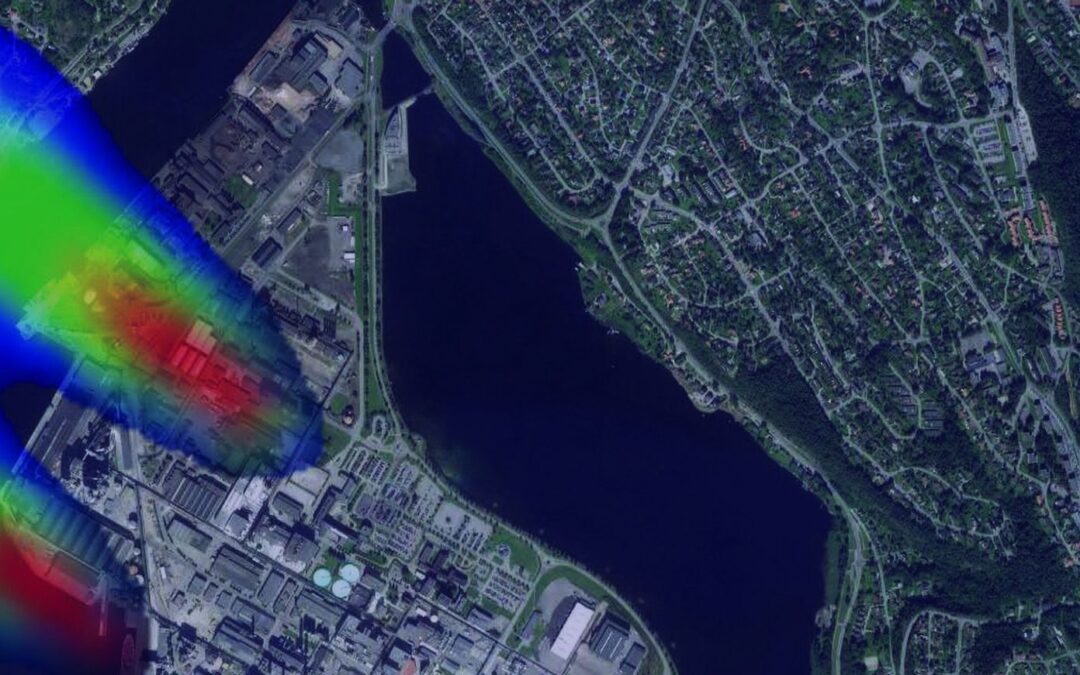In Lithuania, the most of the air pollution problems are related to emissions from local transport, industrial and energy facilities, landfills, sewage treatment plants and other objects that generate odors.
In June of 2022, the National Audit Office’s Performance Audit Report “Assessment of the state of the ambient air” reviewed a whole series of gaps in environmental air condition monitoring nationwide.
The National Audit Office’s audit of ambient air condition assessment has shown that although the State’s priorities are declared to be focused on a clean and safe environment, with the aim of reducing the amount of air pollution harmful to people’s health by half in Lithuania’s towns and cities by 2030, there is still a lack of systematic and comprehensive monitoring of the ambient air condition. Without such monitoring in all Lithuanian municipalities, it is not possible to take effective measures to reduce air pollution.
The National Audit Office notes that the monitoring of ambient air quality at three levels, i.e. State, municipality and economic entity, is necessary to fully assess air quality. 51 municipalities do not perform continuous air quality monitoring at the national level, although in 11 of them, additional analyses of particulate matter concentrations in 2019 showed that concentrations of these pollutants exceeded the World Health Organisation’s recommended standards in all the municipalities audited. 29 municipalities do not perform air monitoring at either State or municipal level, therefore their residents cannot be assured of the quality of the air they breathe.
Identifying all polluting companies and ensuring that they monitor and report on air pollution is a crucial factor in reducing air pollution. However, the exact number of such polluters and the environmental impact of their activities are still not known.
The National Audit Office has made recommendations to improve the three-level monitoring of the ambient air condition and to make appropriate decisions on pollution management. The implementation of these recommendations aim to ensure systematic monitoring of the ambient air condition in all polluted areas, and the results of the monitoring to be conveniently systematised and used to develop measures for air quality management and air pollution reduction.
In order to properly regulate the amount of pollutants entering the ambient air and create conditions for managing the quality of the ambient air, it is important to have objective information about the concentration of the corresponding pollutants. For the selection of air monitoring systems, it is important to pay attention to the low detection level of the measured components and the type of measuring system. There are 2 types of measurement systems used in industry: point sensors and long-path monitors.
Continuous operation (“on-line”) air monitoring systems measure: sulfur dioxide SO2, hydrogen sulfide H2S, ammonia NH3, volatile organic compounds VOCs, mercaptans CH3SH, nitrogen oxides, heavy metals regulated by EU directives, concentration of persistent organic and other pollutants, greenhouse gases and substances that deplete the ozone layer. These systems are usually installed together with meteorological data (sensors of temperature, humidity, wind speed and direction), with the help of which it is possible to model the spread of pollution.
Point sensor air quality monitoring systems
Measurement of such systems is performed at one concentrated point. The main advantages are relatively simple installation and a simple calibration procedure

Long-path air quality monitoring systems
Air pollution and odor monitoring is a complex system. A single industrial area can have thousands of sources of pollution and odors that vary widely in composition and concentration. Often, most of these sources are not identified. As a result, point sensor monitoring systems in such applications will not provide a complete “picture” of emissions. Long-path air quality monitoring systems are different and give the customer the ability to cover a large area with one measurement system.

Long-path air quality monitoring system equipment:

- Analyzer, including analyzer software;
- Emitter and receiver set;
- Power suppy;
- Fiber optic cable.

Siemtecha’s experienced team of engineers can provide more detailed recommendations on air monitoring systems of high-quality, durability, low detection level, and, most importantly, reliability of results. For more than 12 years, Siemtecha has been successfully providing professional solutions and industrial equipment automation, building engineering, design, installation, maintenance and specialized training services in Lithuanian and international markets.
